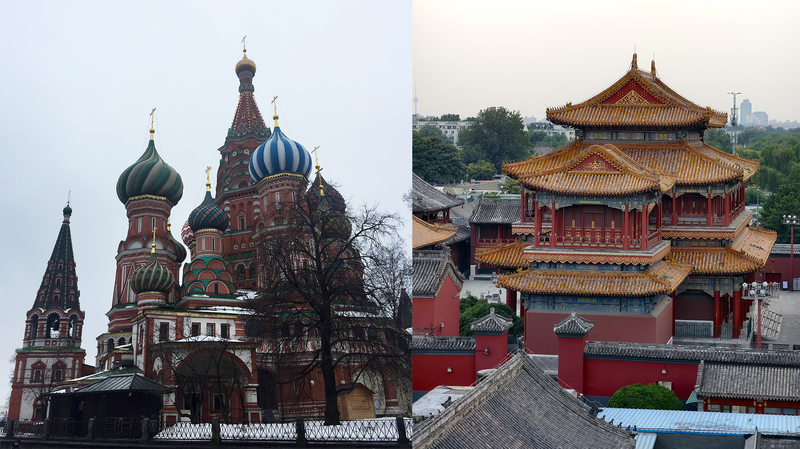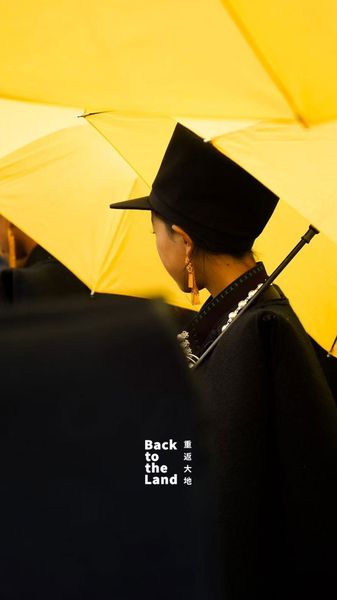From the heart of the Chinese mainland to the bustling square of Moscow, two sacred landmarks offer a journey through time and tradition. Beijing’s Yonghe Temple and Moscow’s St. Basil’s Cathedral stand as testaments to the fusion of imperial authority and religious devotion.
Yonghe Temple: From Royal Palace to Tibetan Buddhist Monastery
Built during the Kangxi reign of the Qing Dynasty (1644–1911), Yonghe Temple began its life as a stately royal residence. Later transformed into a Tibetan Buddhist monastery, it boasts a grand layout that weaves together Chinese and Tibetan styles. Today, visitors wander its ornate halls and courtyards, where towering columns and intricate carvings speak to centuries of cultural exchange and spiritual practice.
St. Basil’s Cathedral: Tsarist Triumph on Red Square
Commissioned by Tsar Ivan IV in the 16th century to mark the conquest of the Kazan Khanate, St. Basil’s Cathedral is Moscow’s colorful crown jewel. Its iconic onion-shaped domes, each painted in vivid hues, showcase the playful charm of 16th-century Russian folk architecture. Step inside, and you’ll find intertwining chapels and narrow passageways that reveal the cathedral’s layered history.
Why These Icons Matter
Though shaped by distinct faith traditions and political ambitions, both Yonghe Temple and St. Basil’s Cathedral capture the imagination of travelers, history buffs, and creative minds worldwide. They remind us that architecture can be a powerful storytellerbridging cultures, celebrating victories, and honoring the sacred. Whether you’re planning your next trip or simply scrolling through photos, these monuments stand ready to inspire and inform.
Reference(s):
cgtn.com




